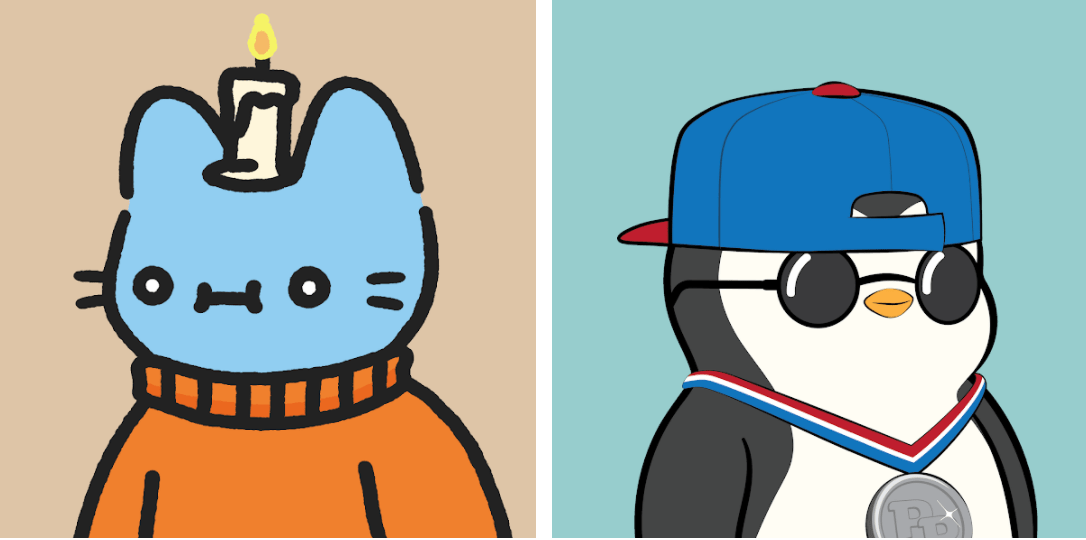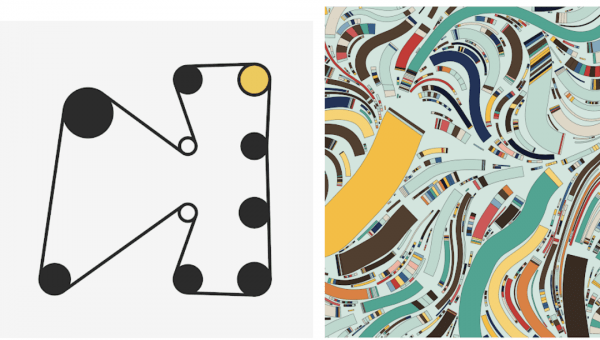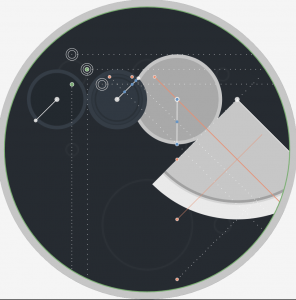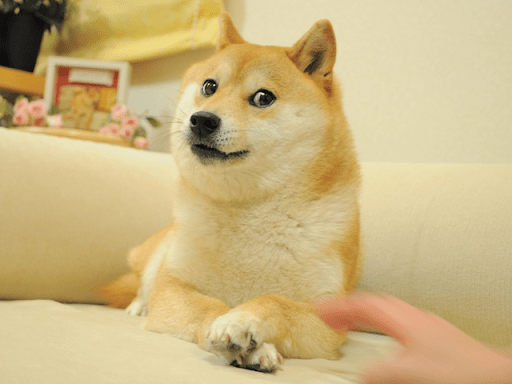Basic Knowledge | Understanding the Different Types and Challenges of NFTs

NFTs have been extremely popular this year, but in fact, different types of NFTs have different development contexts and uses. This article helps understand the differences and challenges faced by various types of NFTs.
Table of Contents
What is NFT?
From art, in-game items, domain names to complex financial derivatives, all can be created as NFTs. In most cases, each NFT is unique, as NFT creators can determine the exact parameters of their NFT in many different ways, such as:
- The most common method is to create a unique, one-of-a-kind NFT, where the creator individually crafts each NFT, like the artwork of Beeple.
- Using objects of different rarities, combined with randomly generated features, NFTs like CryptoPunks and Bored Apes are created through random feature combinations.
- A limited number of identical items in a series, commonly used for card collectibles, such as My Curio Cards.
Each NFT can be verified on the blockchain, for example, confirming that the original CryptoPunks on Ethereum are limited to 10,000, as the address of each NFT series can be viewed for confirmation. The blockchain can even allow the viewing of the NFT's past transaction history.
CryptoPunks Pioneering the NFT Industry
When talking about NFTs, CryptoPunks cannot be left out. This project can be considered one of the oldest NFTs and the first to feature randomly generated attributes. The project is driven by the LarvaLabs team.
After its release in June 2017, CryptoPunks remained quiet during the bear market of 2018, until it resurfaced in 2020 and took the world by storm. In the current year, the floor price of CryptoPunks has reached around $350,000, a stark contrast to its initial free minting price, showcasing the market frenzy.

From transactions among insiders to the involvement of celebrities and artists like Jay Z, Odell Beckham Jr., and Steve Aoki, CryptoPunks quickly expanded beyond the circle. In May 2021, Christie's auctioned off 9 pieces of CryptoPunks artwork for up to $16.9 million. In August 2021, Visa announced the purchase of CryptoPunks for their collection.
In addition to being a pioneer in the feature-combination NFT space, CryptoPunks also led the explosion of Profile Picture (PFP) NFTs. PFPs are NFTs suitable for social profile avatars, and CryptoPunks holders began using them as their personal profile avatars on Twitter.
PFP NFTs
Due to the high prices of CryptoPunks, people started looking for more affordable options, leading to the emergence of many PFP projects. One of the notable projects benefiting from this trend is Bored Ape Yacht Club (BAYC), featuring high-resolution images of apes with different characteristics. The name Yacht Club is significant as each NFT in this series is like a membership card, granting exclusive rights to the holder, such as access to a merch shop. BAYC has created a strong NFT holder community.

Many other projects emerged during this PFP trend, with standout projects like Cool Cats, which features blue cats with different attribute combinations created by an artist over a decade. Pudgy Penguins even made it to The New York Times, attracting buyers with its cute art style. World of Women is an NFT collection featuring unique and diverse female characters, aiming to bring more diversity to the NFT space.

Successful projects can decide to launch new series. Two of the most famous examples are Meebits released by the CryptoPunks team and Mutant Apes released by the BAYC team, allowing for the expansion of existing communities through this method.
Generative Art NFTs
In addition to PFPs, NFTs have more categories, such as Generative Art, which is the fusion of art and programming. Instead of manually creating art, artists write algorithms to generate art pieces. These artworks are generated and input parameters like the transaction hash during minting, which will forever be associated with that NFT. This approach allows users to feel like they are "co-creating art," where two different users can mint different results from the same series of NFTs.
Autoglyphs is a classic example of generative art. Driven by the LarvaLabs team, there are 512 fully on-chain generated NFTs. These generative art pieces are created using ASCII characters. Each Autoglyph has a different probability of drawing certain patterns during minting, making some pieces rarer than others.
Most well-known generative art pieces come from Art Blocks. The generative art on the Art Blocks platform is written in the programming language *p5.js. Each series has its unique code stored on Ethereum. Programs written with *p5.js can generate images with different structures, textures, or colors based on the creator's goals. Examples include Ringer by Dmitri Cherniak and Fidenza by Tyler Hobbs.

Generative art extends the concept of artists becoming engineers or engineers becoming artists. What if art could be created without any human involvement in the future? The most expensive artworks in the future might be NFTs created by some form of AI.

Other Types of NFTs
Aside from PFPs and generative art, there are many other types of NFTs, such as game NFTs which have gained increasing attention in recent years. Leading projects in this field include Axie Infinity, CryptoKitties, and Aavegotchi, all featuring NFTs ranging from in-game items to collectible cats.
Additionally, the Metaverse is an essential area for NFTs. Virtual lands on platforms like Decentraland are sold as NFTs, and the aforementioned PFPs may evolve into virtual avatars in the Metaverse, opening up diverse usage scenarios.
Aside from image formats, short videos or music can also be turned into NFTs. NBA Top Shot gained popularity in early 2021, partly due to its NFTs featuring the most exciting moments from NBA games. Projects like EulerBeats feature algorithmically generated music stored on the blockchain.
New NFT innovations are introduced almost daily.
Challenges Faced Today
This field is still very new and faces unprecedented challenges. For example, not all NFTs are stored in the same way. The images of NFTs often cannot be stored on the blockchain due to cost issues. Therefore, for most NFTs, the image's metadata is linked to an external URL to access the image, storing the image off-chain. Some projects use centralized servers for storage, while others upload images to IPFS to ensure image accessibility, with solutions like Arweave and other decentralized storage becoming increasingly popular. However, low-resolution generative art NFTs, like CryptoPunks, are an exception as their small file size allows direct on-chain storage.

Intellectual property rights (IP) for NFTs are another major issue due to the differences between projects. Some creators allow holders to use their NFTs freely, while others restrict certain rights and retain IP. There is currently no unified regulation or form.
The third challenge is gas fees. Most NFT releases are in a "first-come, first-served" model, attracting a large number of bots to purchase and driving up gas fees, making it difficult for regular users to participate in sales without paying high gas fees. Dutch auctions and Layer 2 solutions may potentially address the gas fee issue.
The issue of low liquidity in the NFT market has long been discussed, and many projects now focus on tokenizing NFTs to increase liquidity and establish a floor price. Additionally, financial derivatives operations for NFTs like NFTx and Fractional Art are potential solutions to the low liquidity problem.
Most of these challenges are expected to be resolved in due course, as they are part of the normal development process of this exciting new industry.
Conclusion
In terms of public blockchains, besides Ethereum, other public blockchains suitable for NFT development like Solana, Tezos, and Polygon are gaining attention in this industry.
Another interesting development is DAOs: creating DAOs to purchase NFTs. People who cannot afford to purchase NFTs individually can form a DAO to collectively buy NFTs, tokenize ownership, and distribute ownership tokens to DAO members. For example, PleasrDAO purchased the original Doge meme for $4 million and later tokenized ownership. Recently, NFTs have been used as marketing tools, with projects airdropping their own NFTs or inviting certain NFT holders to test their products in advance.

Loot, a recently launched NFT, is a text-based NFT that does not use metadata-linked image designs. Loot NFTs contain only descriptions of virtual RPG game items, and the Loot community decides how to use or visualize these text-based NFTs. This open-ended structure has almost no clear boundaries, but the main challenge is the need for community coordination and organization for development.
With OpenSea's trading volume surpassing $3 billion in July, and celebrities starting to use Bored Apes as avatars, while the market may seem overheated with hundreds of new NFT projects launching weekly, these processes are normal developments in this nascent industry. Regardless of short-term market fluctuations, NFTs are here to stay. In the future, most things in the virtual world will likely be NFTs, including avatars, game items, collectibles, artworks, and lands. Everything has the potential to become an NFT and play a significant role.
Data source: NFT Mania – Hype Or A New Paradigm? CryptoPunks, BAYC, Generative Art, Loot Explained
Related
- STEPN collaborates with Adidas to release co-branded NFTs, promoting a healthier lifestyle through gamified earning opportunities.
- Binance will discontinue Bitcoin NFT trading and deposit services and will not support Runestone.
- NodeMonkes floor price approaching 1 BTC, market value surpassing Bored Ape Yacht Club to become the second largest NFT project